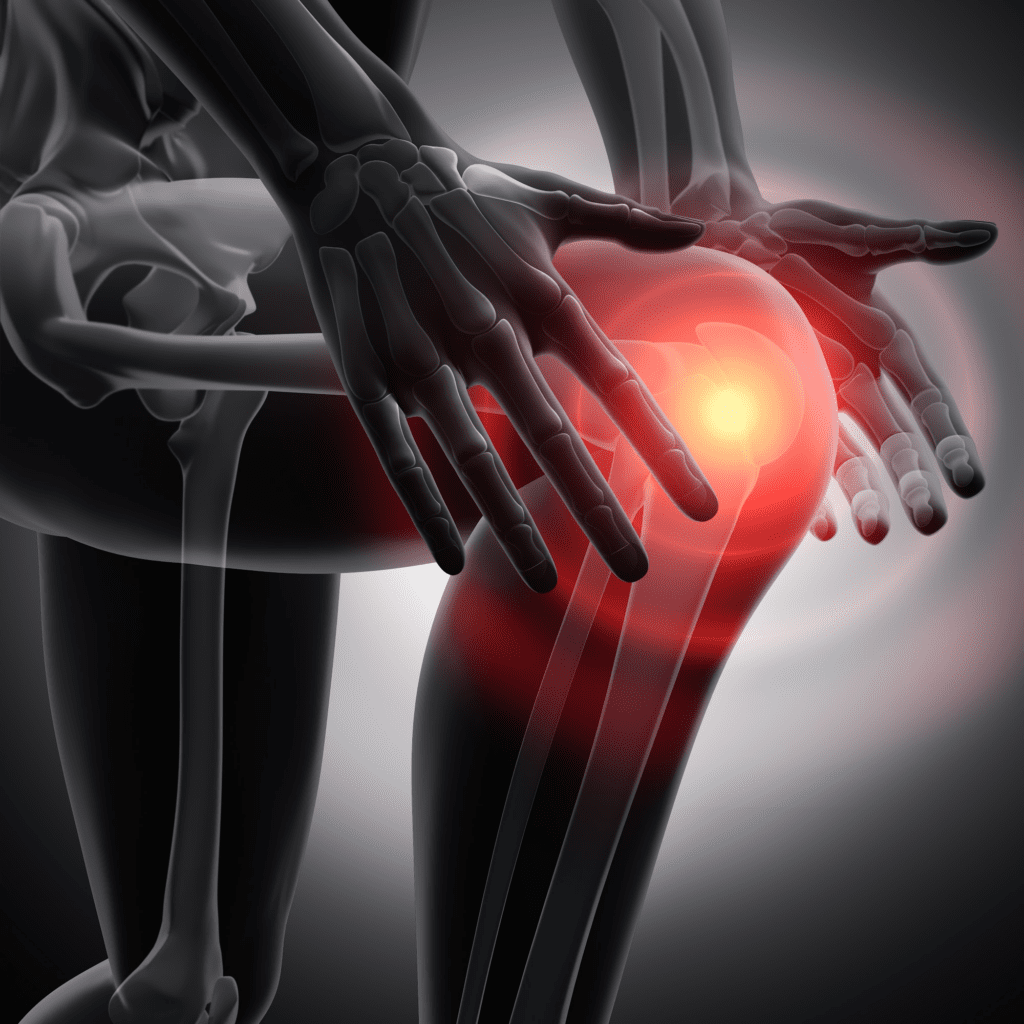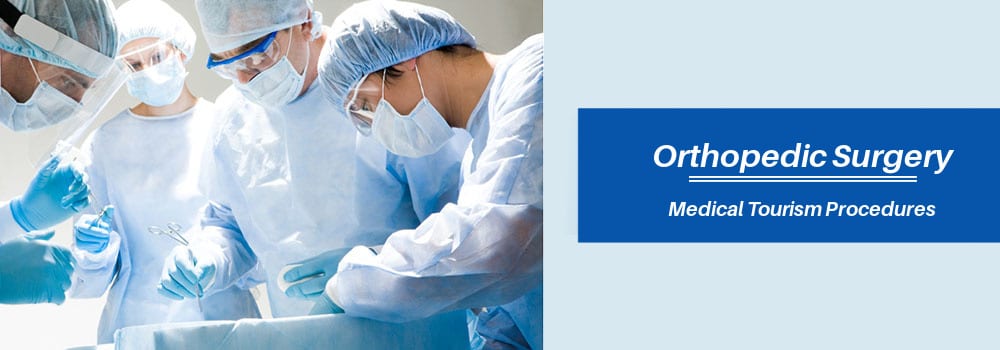Find Knee Replacement Surgery Abroad with Make Medical Trip
How much does knee replacement cost?
The average cost of a knee replacement in the United States is around $50,000, but this can vary dramatically from state to state. In Australia, a knee replacement will cost in the region of $21-28,000. Knee replacements are available free-of-charge on the NHS in the UK, though waiting times can be long. At a private hospital in the United Kingdom a knee replacement will cost in the region of £10-12,000.
With the cost of knee replacements at home proving prohibitive, many people are choosing to travel abroad for knee replacement surgery. Not only is treatment cheaper, but waiting times can be significantly shorter. On the NHS in the UK, for example, the average waiting time for a knee replacement is 107 days. There are many accredited hospitals around the world offering affordable knee replacements with reduced waiting times; in fact, many hospitals who specialize in treating international patients are able to arrange surgery on a date that is most convenient for the patient.
Compare the cost of knee replacement surgery abroad
Make Medical Trip is the only platform that has a “Price Estimate Calculator” that will provide you with instant price estimates to give you a general idea of how much you can expect to pay in each country around the world. This will ensure that you won’t overpay and that you receive affordable knee replacement surgery prices abroad.
- Website Disclaimer
- Introduction.
- Intellectual Property Rights.
- Restrictions.
- Your Content
- No warranties.
- Limitation of liability.
- Indemnification.
- Severability.
- Variation of Terms.
- Assignment.
- Entire Agreement.
- Governing Law & Jurisdiction.
How does knee replacement surgery work?
Knee replacement surgeries are generally split into two categories: total knee replacement and partial knee replacement. Full knee replacements are performed when the entire knee joint is damaged completely and must be replaced by an artificial one. On the other hand, during a partial knee replacement, only the most damaged sections of the joint are removed while the other parts are kept in place.
Knee replacement surgery is performed under general anesthesia and usually lasts around 2 hours. Before the surgery the knee is bent into a position that makes it easy for the surgeon to access the joint. The surgeon makes an incision across the top of the knee cap of around 10 inches, although minimally-invasive techniques are sometimes used which involve an incision of 4 to 6 inches.

The surface of the tibia bone is then treated, with the surgeon repeating the process of cutting away damaged cartilage and shaping the bone for the artificial joint. The bottom half of the new joint is attached to the top of the tibia with the use of a tibial tray, which acts as a buffer between the natural bone and the artificial joint, absorbing shock and aiding mobility as the knee bends.
Before the knee cap can be rotated back into its natural position, the surgeon must check that it fits well with the rest of the implanted joint. The patella might be fitted with an additional plastic plate to provide extra support and to help it integrate with the new joint.
Once the surgeon is satisfied with the placement of the artificial knee joint, it will be flexed to ensure that it is functioning well with the surrounding bones. The incision can then be closed and stitched.
When do I need a knee replacement?
When the pain and lack of function in the knee joint makes even the most simple of daily activities difficult, and all other avenues such as physiotherapy and medication have failed to address the issue. Severe and regular pain that is not eased with the use of painkillers is usually the first sign that the knee is in a state of deterioration. When this is combined with a lack of mobility in the knee joint which cannot be helped by physical therapy, this suggests that a knee replacement may be needed.
A total knee replacement is required when the knee joint is no longer able to function correctly, whether it be due to disease, age, injury or impact trauma. Once the knee joint deteriorates to the point where it is causing significant pain and is impacting your quality of life, it needs to be replaced. Knee replacement surgery is carried out with the aim of eliminating pain and restoring full function to the knee joint.

On the other hand, a full knee replacement is sometimes needed when injury has caused irreversible damage to the knee joint. This can happen in athletes who have had a series of severe knee injuries, for example, or after any accident which impairs the normal function of the joint.
Generally knee replacements are only performed in those over the age of 50 as younger people are likely to be more physically active and run the risk of grinding down the replacement joint. If you are under the age of 50 and suffering from debilitating knee issues then it is unlikely that a knee replacement will be suggested: instead, ligament reconstruction surgery and physical rehabilitation are preferred options.
Sports injuries involving impact trauma can lead to the gradual weakening of the knee ligaments, which may not present immediate problems but can result in a knee replacement being required in later life. These injuries – which result in what is known as a ‘blowout’ knee – can slowly wear away at the surface joint of the knee and cause issues with stability up to 20 years after the initial injury. Blowout knees are most common in high-impact sports that involve high-speed changes of direction, such as football, basketball, and hockey. Around 5-10% of all blowout knee injuries require a full knee replacement in later years.
How do I prepare for a knee replacement?
It is important to first consult an orthopedic specialist to discuss the condition of your knee and how it affects your quality of life before deciding on surgery. Your specialist will assess your previous medical history, perform a series of physical examinations, and most likely take a number of x-rays. This can help to build a clearer picture of just how damaged the knee joint is.
Once you are certain that you want to go ahead with the knee replacement, you need to thoroughly discuss the procedure with your surgeon. Building a good relationship with the surgeon is crucial if you are to successfully communicate your expectations and achieve satisfactory results.
To prepare for the surgery and the recovery you may want to research the procedure and what it involves beforehand. Your hospital can provide you with some literature on knee replacements, and a range of explanatory videos and articles are available online. Having a good grasp on the significance of the surgery and what it involves can help you to prepare mentally.
Having someone to help you with daily activities following the knee replacement is important, and you need to organise this before you go in for surgery. A friend or relative (or care worker, if required) will need to provide assistance around the house for at least two weeks after the knee replacement. You can also take steps to prepare your home for the recovery period by clearing walkways and arranging your furniture in a way that makes your life as comfortable as possible.
It is important to be in as good a physical state as possible prior to surgery, which will help you cope with the rehabilitation process. In the weeks before the replacement you should spend time strengthening the muscles around the knee: your surgeon may give you a number of exercises to work on. Staying generally active by walking or swimming can also help the recovery.
Knee replacement recovery
The most important stage of the entire knee replacement process is recovery and rehabilitation.
Immediately following the surgery, your knee will be heavily dressed in bandages and will need to remain so until the incision is fully healed. Blood drains will be used to prevent the accumulation of fluid around the surgery site. Most rehabilitation programs aim to get you moving and standing again in the 24 hours after you wake up from the anesthetic. It is unlikely that you will be able to walk unaided in the first week of recovery, but walking with a frame or crutches is possible.

Pain and swelling around the joint is to be expected and can take a few months to fully settle. The scar tissue around the knee joint usually takes at least 2 years to sufficiently heal, whilst the surrounding muscles need around 18 months to regain their pre-surgery levels of stability.
You will need to undergo a course of intense physiotherapy in the 4 to 6 weeks following surgery, with less strenuous exercises to be continued for at least 6 months. The more effort you put into the rehabilitation exercises, the greater the benefit you will feel from your new knee. Making an effort to remain in good physical shape will also be greatly beneficial – being overweight or having a bad diet can hinder the process of recovery.
Strenuous activities that involve twisting, pulling, bending or putting unnecessary strain upon the knee should be avoided at all costs. Normal leisure activities can be resumed a couple of months after the operation, but any competitive sport or impact activities should be avoided for at least 2 years.
About Make Medical Trip’s Staff
MakeMedicalTrip.com makes medical travel easy by connecting patients with clinics, hospitals, and medical tourism agencies worldwide, completely free of charge. We have clinics specializing in everything from dentistry to bariatrics. Learn more about how Make Medical Trip works at www.makemedicaltrip.com/how-we-help-you/

